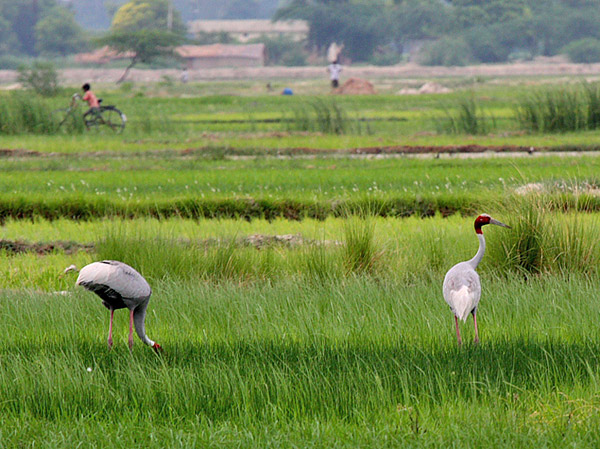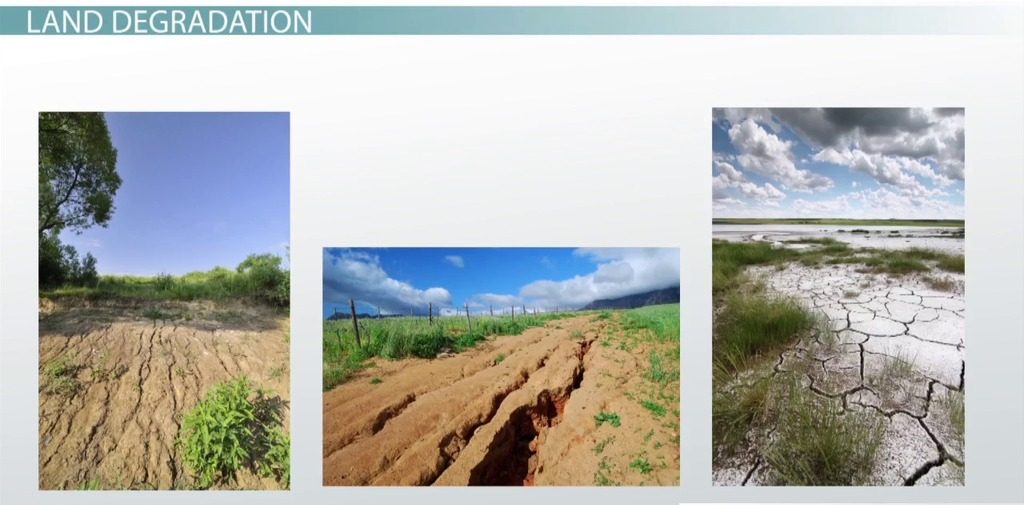Introduction
When we think of agriculture, we often picture fields of crops and livestock farms, far removed from the wilderness. Conversely, wildlife conservation conjures images of pristine forests, endangered species, and protected habitats. While these two domains may appear unrelated, they are, in fact, deeply intertwined. Agriculture plays a significant role in wildlife conservation, and understanding this connection is crucial for the health of our planet.
In this article, we will explore the intricate relationship between agriculture and wildlife conservation. We’ll discuss how they can coexist harmoniously, the challenges they pose to each other, and the innovative solutions being developed to ensure a sustainable future for both.
- Biodiversity and Agriculture
Biodiversity, the variety of life on Earth, is fundamental to the health of our planet. It encompasses not only wildlife but also the plants, insects, and microorganisms that form complex ecosystems. Agriculture, on the other hand, can sometimes be seen as a threat to biodiversity, as it often involves clearing land for cultivation, using pesticides, and altering natural landscapes.
However, agriculture also provides a unique opportunity to conserve and even enhance biodiversity. Sustainable farming practices, such as organic farming, agroforestry, and crop rotation, can help maintain healthy ecosystems. These practices promote the presence of beneficial insects, birds, and other wildlife that contribute to natural pest control, nutrient cycling, and soil fertility.
- Habitat Preservation
One of the most significant contributions of agriculture to wildlife conservation is habitat preservation. While agricultural expansion has led to habitat loss in many areas, it has also created refuges for wildlife. Farms with diverse landscapes, including wetlands, forests, and meadows, can serve as valuable habitats for various species.
Moreover, some farmers actively engage in wildlife conservation by setting aside portions of their land as wildlife corridors or sanctuaries. These areas provide safe havens for wildlife, enabling them to move freely between fragmented habitats and ensuring genetic diversity within populations.
- Sustainable Practices
The key to balancing agriculture and wildlife conservation lies in adopting sustainable farming practices. Sustainable agriculture focuses on minimizing environmental impact while maintaining productivity. Techniques like no-till farming, cover cropping, and integrated pest management reduce soil erosion, conserve water, and limit the use of harmful chemicals.
By implementing these practices, farmers can reduce their ecological footprint and create landscapes that are more hospitable to wildlife. This not only benefits local species but also contributes to global efforts to combat climate change and protect biodiversity.
- Pollinators and Agriculture
The intricate dance between agriculture and wildlife extends to some of the smallest, yet most crucial, creatures on Earth: pollinators. Bees, butterflies, birds, and bats play a vital role in pollinating crops, ensuring the production of fruits, vegetables, and nuts. Without these pollinators, our food supply would be severely compromised.
Unfortunately, pollinator populations have been in decline due to habitat loss, pesticide use, and climate change. Agriculture, however, can help reverse this trend. Farmers can create pollinator-friendly habitats on their land, planting wildflowers and providing nesting sites for bees and other pollinators. These efforts not only benefit crop yields but also support the survival of these essential creatures.
- Challenges and Solutions
While agriculture can contribute significantly to wildlife conservation, it also presents challenges. Unsustainable farming practices, monoculture cropping, and excessive pesticide use can harm ecosystems and wildlife. The expansion of agriculture into natural habitats can lead to deforestation and the displacement of native species.
To address these challenges, there is a growing movement toward sustainable and regenerative agriculture. Governments, NGOs, and farmers are working together to promote responsible land use, protect critical habitats, and reduce the environmental impact of farming. Initiatives like organic certification, agroecology, and reforestation programs are gaining traction worldwide.
Conclusion
The relationship between agriculture and wildlife conservation is complex, but it offers hope for a more sustainable future. By adopting responsible farming practices, preserving habitats, and supporting biodiversity, agriculture can play a vital role in protecting the planet’s wildlife. Likewise, wildlife conservation efforts can benefit from partnerships with farmers and landowners who understand the importance of coexisting with nature.
As consumers, we also have a role to play. Supporting sustainable agriculture through our food choices and advocating for policies that promote both farming and wildlife conservation can have a profound impact. By recognizing and nurturing the delicate balance between agriculture and wildlife, we can ensure a healthier planet for generations to come.





